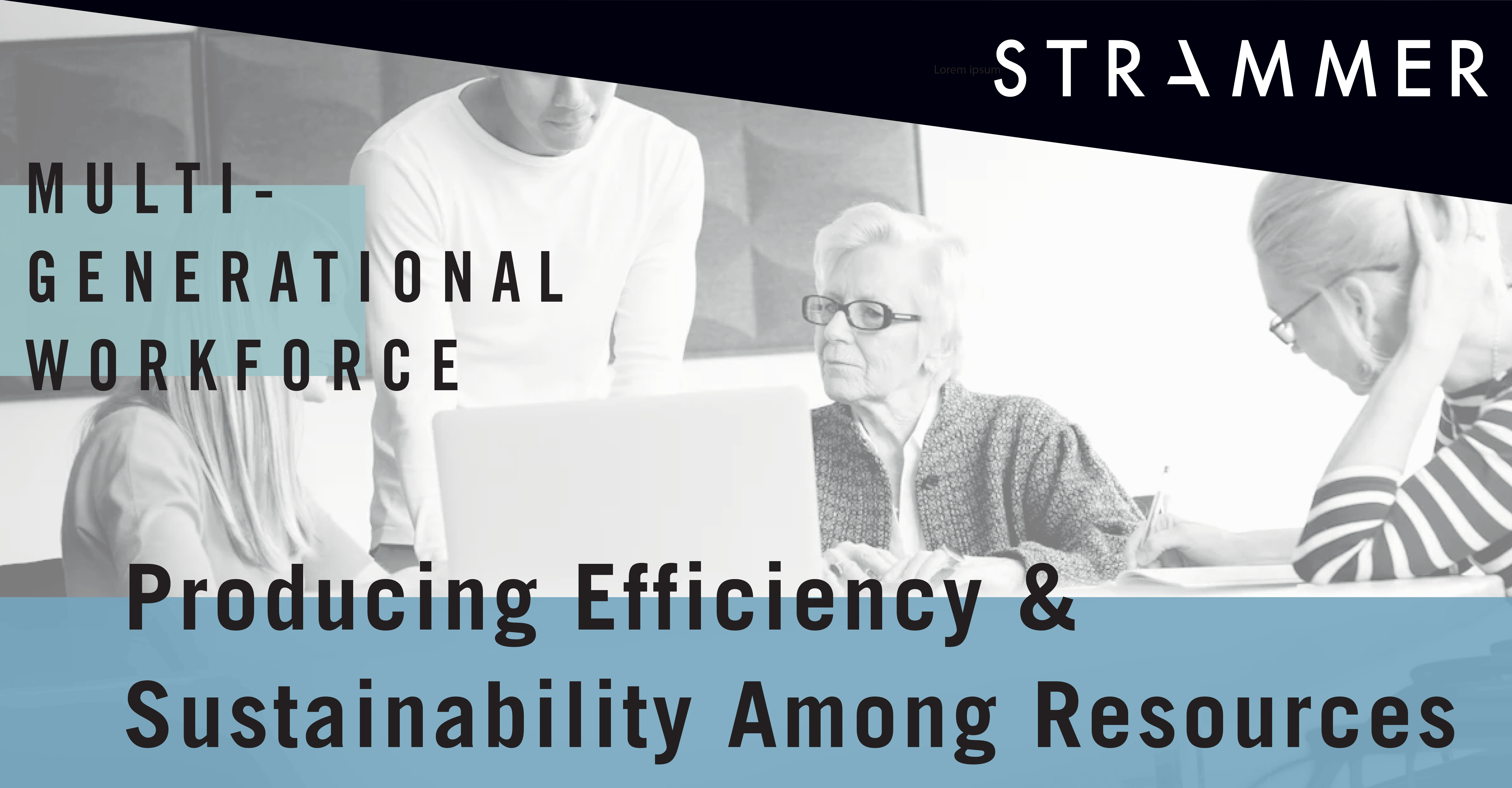Generational Differences in the Workplace
Today, the multi-generational workforce is a reality in the workplace. It increases behavioural differences between workers, given the diverse historical backgrounds, experiences and work values.
Here are the five generations working alongside each other:
♦ Traditionalists: born between 1928 and 1945. Most of them are retired.
♦ Baby boomers: born between 1946 and 1964. This generation is now in leadership and power positions and has the highest levels of work engagement.
♦ Gen X: born between 1965 and 1980. Famous for attributing a lot of importance to work-life balance.
♦ Millennials: born after 1980 and mid-1990. According to IBM, by 2030, this generation will represent 73% of the workforce.
♦ Gen Z: born after 1996. Most of them are entering the workforce. Gen Z and Millennials are the least engaged generations.
Given that generations obviously have different needs and work dynamics, companies and employees need to work together to decrease the generational gap. A 2017 Eurostat statistics showed that the biggest “Challenge in managing a multi-generational workforce” are the different styles of communication. As they were born with technology, Millennials and Gen Z prefer to communicate using digital devices (emails, chats, etc.). while previous generations prefer to communicate face-to-face.
At the same time, all those generations have different motivations. Health insurance is the most important one for Baby Boomers while younger generations focus theirs on salaries. Loyalty is also a distinguishing factor. Millennials and Gen Z are the generations who are willing to stay less time in a job/company when compared to older generations.
It is equally important that companies promote teamwork among employees of different generations through collective training, workshops, activities outside of work and information exchange.
In addition, employees’ feedback on work needs and preferences is essential for leaders and co-workers. This will help them in tackling the multi-generation workforce challenge by being agile and constantly adapt to change.
As many differences as different generational workers can have, they also have similar needs. A Harvard Business Review survey showed that all employees, regardless of their age, wanted their work to be meaningful. But for each generation, meaningfulness came from different factors. For example, Generation X wants work-life balance, while Millennials want a sense of community in the workplace.
All things considered, it is easy to understand that a multi-generational workforce generates a diverse workforce. A 2017 SHRM study showed that generational diversity improves business performance and decreases employee turnover rates. It is important workers feel valued and appreciated regardless of their age.
In fact, the combination of fresh minds with experienced ones can be challenging. But it will be worth it. In accordance with a Forbes study, 85% of companies agree that a diverse workforce brings innovative ideas.
References:
- 4 Key Generational Trends in the Workplace, July 2019, Inc.
- Working Better Together, 2019, Peakon
- Why Generational Diversity Is the Ultimate Competitive Advantage, May 2017, Inc.
- How Different Generations Approach Work, May 2019, VISUAL CAPITALIST





